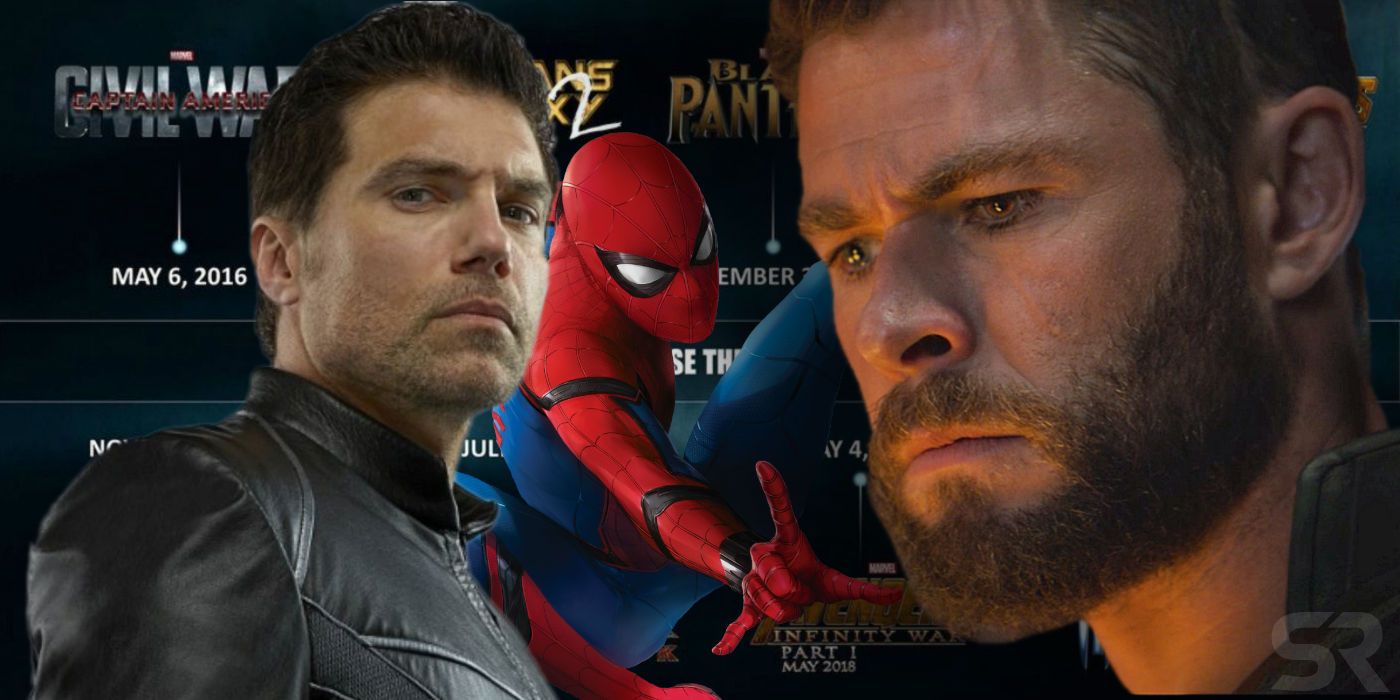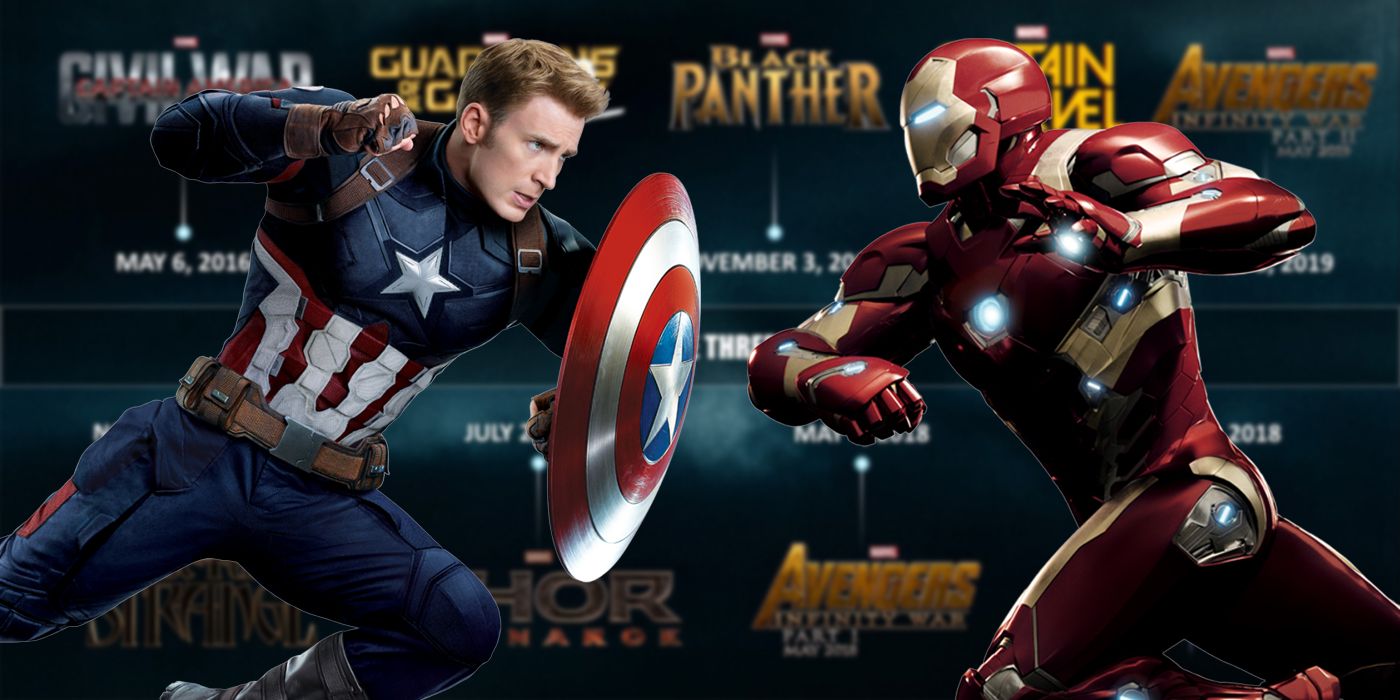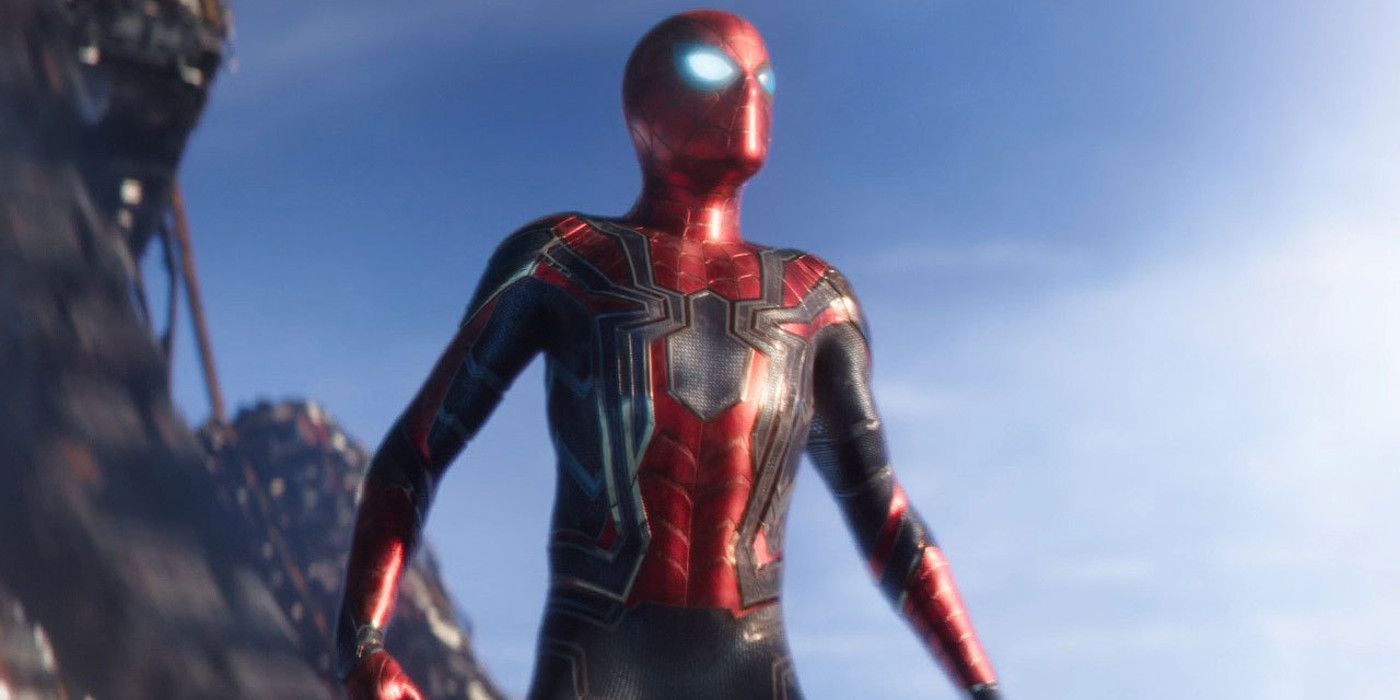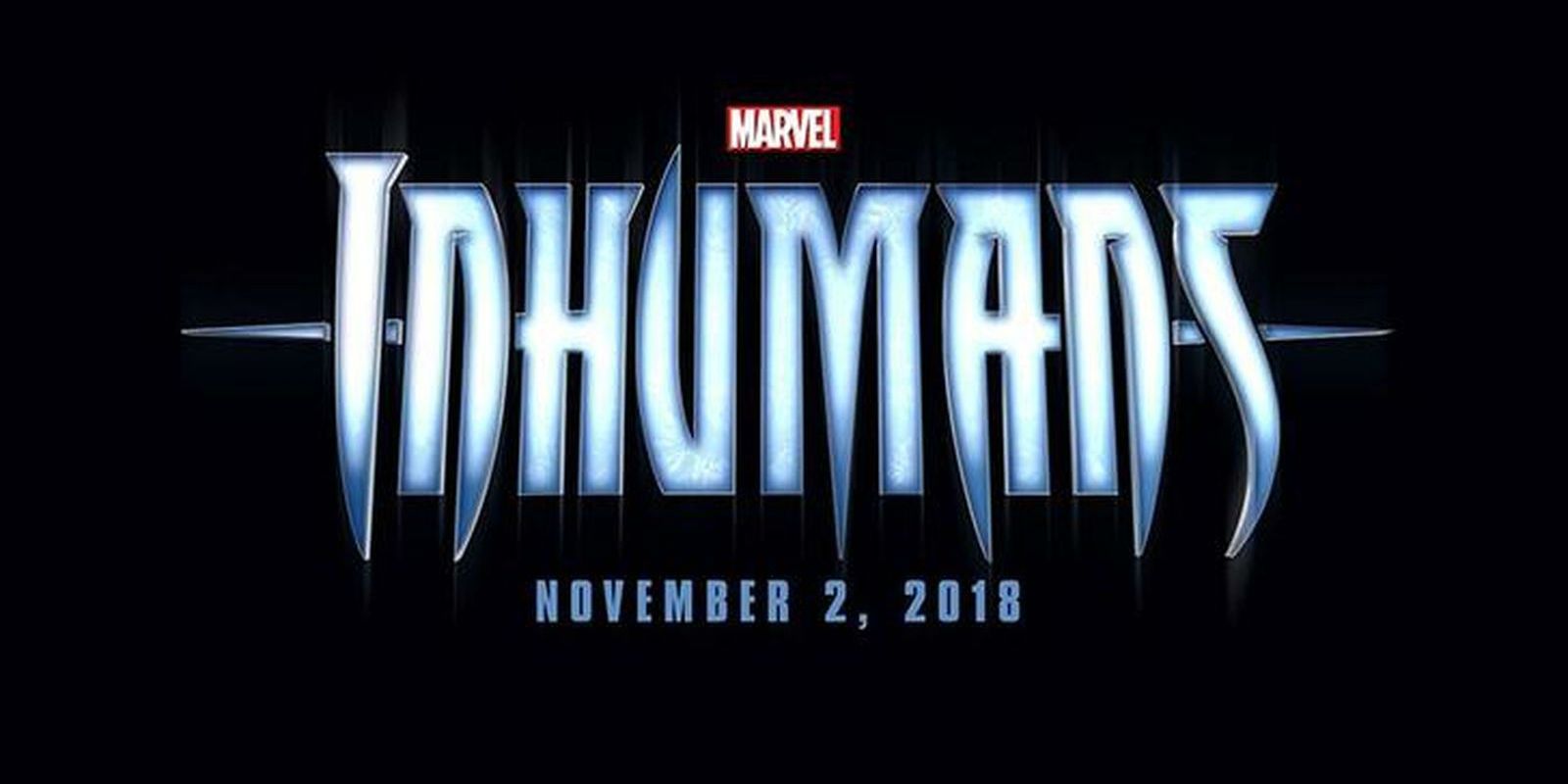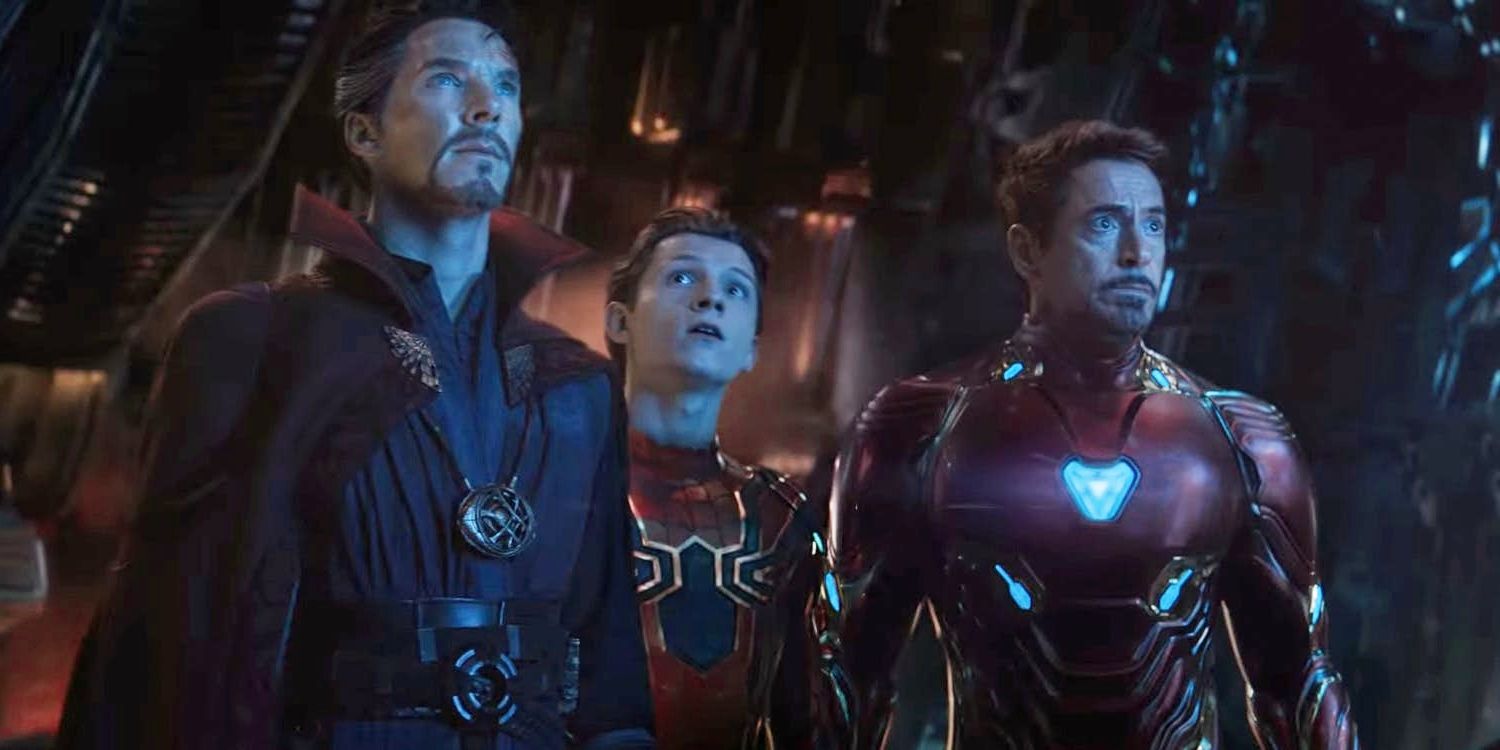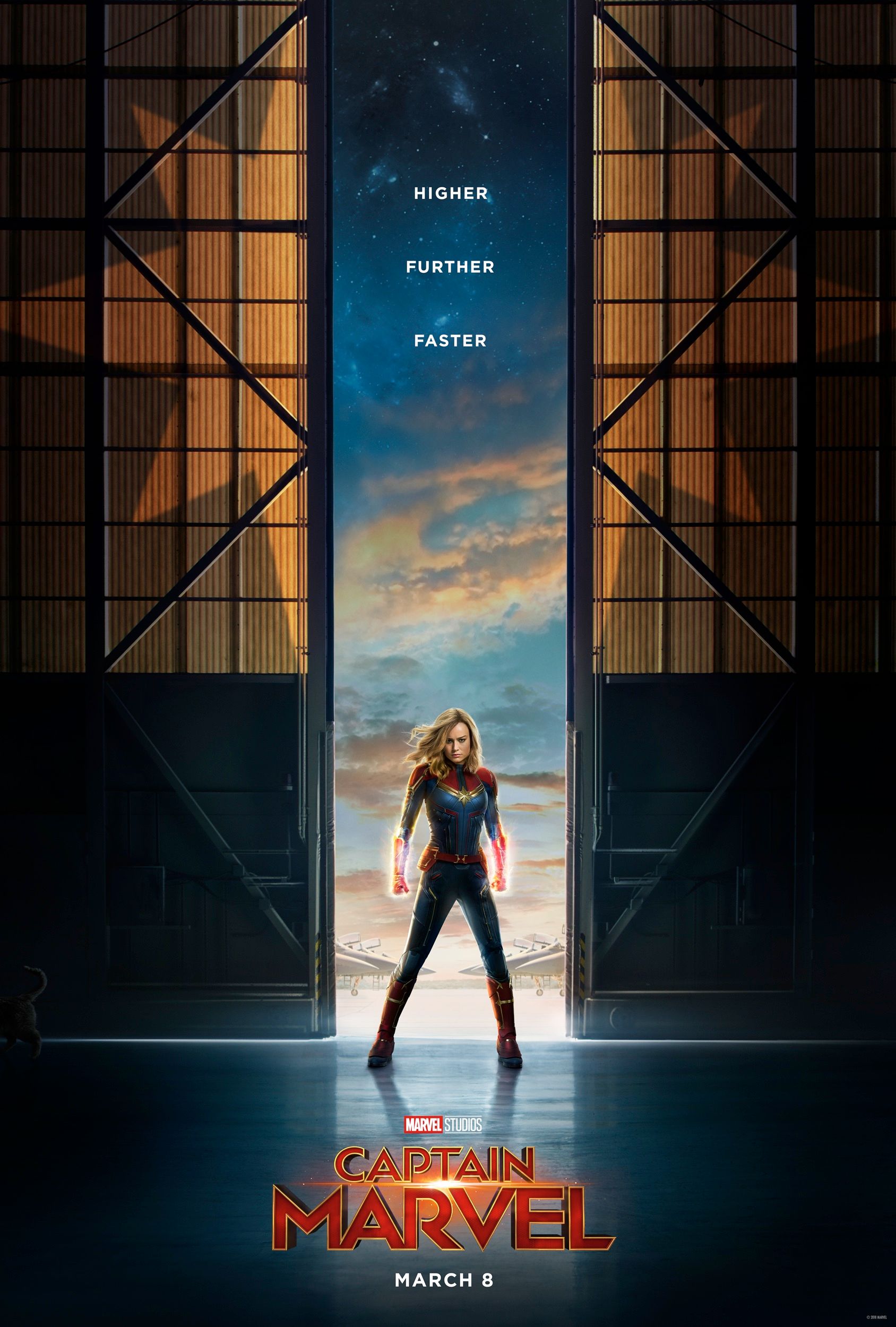How would Marvel's original Phase 3 slate have affected Avengers: Endgame? Marvel Studios announced the Phase 3 slate back in 2014, revealing every film Marvel planned to release from 2016 and 2019. It was an impressive line-up, introducing new heroes/movies like Doctor Strange and Black Panther, and including event films like Captain America: Civil War and what was then called Avengers: Infinity War Part I and Part II.
Although Marvel has a reputation for playing the long game, the truth is that this Phase 3 slate changed a lot over the years. In fact, there have been subtle hints that Marvel Studios president Kevin Feige feels the Phase 3 announcement backfired; it primed audiences to consider each movie as a step on the journey to Avengers: Infinity War and then Avengers: Endgame, rather than a blockbuster hits in their own right.
Related: How & Why Marvel's Phase 3 Slate Changed So Much
Meanwhile, the fact that the initial Phase 3 lineup is public knowledge means it's possible to work out exactly what changed, and why; it gives an unprecedented look at what was going on behind-the-scenes at Marvel, a studio that typically shelters itself from the public. But let's assume for a moment that the Phase 3 slate had happened according to Marvel's original plans. How would that have affected the end of Phase 3 and even the beginning of the MCU's Phase 4?
- This Page: Marvel's Original Phase 3 Slate & What Changed
- Page 2: How Avengers: Endgame Would Have Been Different
Marvel's Original Phase 3 Slate From 2014
On October 29, 2014, Marvel Studios held a press event at the El Capitan Theater in Los Angeles. There, Feige revealed the studio's plans for the next five years, including a number of sequels, several new characters, and, of course, the two-part event movie that would see the Avengers go up against Thanos. Here's what the original MCU Phase 3 slate looked like:
- Captain America: Civil War - May 6, 2016
- Doctor Strange - November 4, 2016
- Guardians of the Galaxy Vol. 2 - May 5, 2017
- Thor: Ragnarok - July 28, 2017
- Black Panther - November 3, 2017
- Avengers: Infinity War Part I - May 4, 2018
- Captain Marvel - July 6, 2018
- Inhumans - November 2, 2018
- Avengers: Infinity War Part II - May 3, 2019
The Phase 3 slate would begin with an adventure in which the Avengers were torn apart, Captain America: Civil War, with Steve Rogers and Tony Stark finding themselves on the opposite sides of a philosophical debate that became intensely personal. But that would be the last "grounded" movie in the MCU for a while, with Doctor Strange introducing magic and the MCU's Multiverse, and 2017 seeing the release of both Guardians of the Galaxy Vol. 2 and Thor: Ragnarok.
Related: Avengers: Endgame Will Be Unlike Anything Else In The MCU
In this original Phase 3 slate, Black Panther would have released a little earlier and introduced viewers to Wakanda in November 2017; there'd then be a longer gap before it was followed up with Avengers: Infinity War Part I. The two tentpole Avengers movies still had two films set between them, but in the original slate those movies were Captain Marvel and Inhumans, instead of Ant-Man and the Wasp and Captain Marvel, respectively. Comic book readers swiftly deduced that Infinity War would be a blend of two comic book events, Jim Starlin's classic "Infinity Gauntlet" and Jonathan Hickman's "Infinity," which featured Thanos' Black Order and set up a major arc for the Inhumans.
Phase 3's Biggest Changes Were Spider-Man and Inhumans
Of course, plans changed. In early 2015, Marvel and Sony signed a deal that allowed Marvel to incorporate a new version of Spider-Man into the MCU. This required Marvel to produce a Spider-Man solo movie as part of their 2017 slate; as a result, Spider-Man: Homecoming was added into the mix, and a lot of release dates were adjusted. By October 2015, Marvel was settling on a whole new approach; Inhumans was completely dropped and replaced by the sequel Ant-Man & the Wasp. (Inhumans eventually became a TV series on ABC and was canceled after one season.)
Related: Did The Sony-Marvel Spider-Man Deal Ruin Avengers 4's Surprise?
While the beginning of Phase 3 rolled out as planned, it had changed shape drastically by the end. The addition of Spider-Man - the most marketable superhero in the world - transformed the entire MCU, and Tom Holland's Peter Parker became a major player in Avengers: Infinity War. The removal of Inhumans, meanwhile, was just as significant an adjustment; they're a pretty complex concept, and could potentially have redefined the MCU if the world learned of the existence of the Inhuman city of Attilan on the surface of the Moon. It's reasonable to assume that the Quantum Realm became a more important concept as a result of these changes as well, explored in Ant-Man & the Wasp and also expected to be significant in Captain Marvel.
Page 2 of 2: How Avengers: Endgame Would Have Been Different
How Avengers: Endgame Would Have Been Different
So how would Avengers: Endgame have been different under the original Phase 3 plans? In order to work that out, it's first worth noting that there would've been a ripple effect running through the entire Phase 3 slate. Captain America: Civil War would've been very different, with no Spider-Man involved in the airport fight; on the other hand, Team Cap's ranks would probably have been bolstered by the debut of the Wasp instead. Peyton Reed has explained that he asked for Wasp to be held back so she could be introduced in his Ant-Man sequel. But if no sequel was on the books, then there wouldn't have been a reason to delay the moment when Hope Van Dyne suited up. All this would naturally have affected Avengers: Infinity War as well, with both Ant-Man and the Wasp presumably involved in the action in some way, but Peter Parker entirely absent.
But the really interesting question is whether or not Attilan and the Inhumans would have been introduced in Avengers: Infinity War. Certainly, that's possible given Avengers: Infinity War drew heavily on Jonathan Hickman's "Infinity" event, with Thanos and his Black Order scouring the galaxy on a quest and even engaging in a battle on Wakandan soil. "Infinity" also saw Thanos visit Attilan and confront Black Bolt; the Inhuman King was actually forced to destroy the city in order to defeat Thanos, with the Terrigen Mists released across the globe and the Inhumans fleeing to Earth. Marvel may well have originally planned to do something similar, with the Inhumans movie exploring the relations between the fractured Inhuman Royal Family and Earth's governments. That plot would possibly be based in part on Charles Soule's Inhumans run, which followed on from "Infinity."
Related: Every Superhero Movie That Was Supposed To Release In 2018 (But Didn't)
As regards Avengers: Endgame itself, this would have resulted in two obvious changes. Firstly, it would have meant the Inhumans were involved in the Avengers' battle against Thanos, with members of the Royal Family perhaps helping Earth's Mightiest Heroes as they attempted to undo or avert the snap. Secondly, it's generally believed the Quantum Realm will play a major role in Avengers: Endgame, but that might not have been the case under the original plans; there's no natural narrative throughline for the Quantum Realm in any Inhumans project, which may be one reason Marvel placed Ant-Man & the Wasp in that slot. That doesn't necessarily preclude the use of time travel in Avengers: Endgame, though, given Charles Soule's Inhumans series used variations of that idea quite a lot.
Would Marvel's Original Plan Have Been Better?
The original version of Phase 3, and ultimately of Avengers: Endgame, would certainly have been very different. It would've been interesting to see how Marvel Studios handled the Inhumans, and that film may even have been set in a post-snap world, meaning viewers would have gotten more of an idea how Thanos' triumph affected the planet. At the same time, though, it's easy to see why Marvel changed course.
The Inhumans brand has never been particularly strong, in marked contrast to Spider-Man's, and given a choice between the two it's pretty obvious why Marvel opted for the wall-crawler. Meanwhile, the Quantum Realm fits with theories of quantum mechanics that do indeed suggest the laws of space and time break down if you shrink beyond a subatomic size, creating the possibility of time travel. It makes more sense to fix on the one mechanism for time travel that's already established as part of the MCU, rather than create another one.
Marvel's long-term planning is a lot more malleable than most viewers think, but in this case all the changes they made were probably for the better. Looking beyond Phase 3, the addition of Spider-Man means Marvel get to begin their post-Endgame era with an adventure starring the most powerful, marketable superhero brand of all, with Spider-Man: Far From Home. In strategic terms, that's a genius move.

